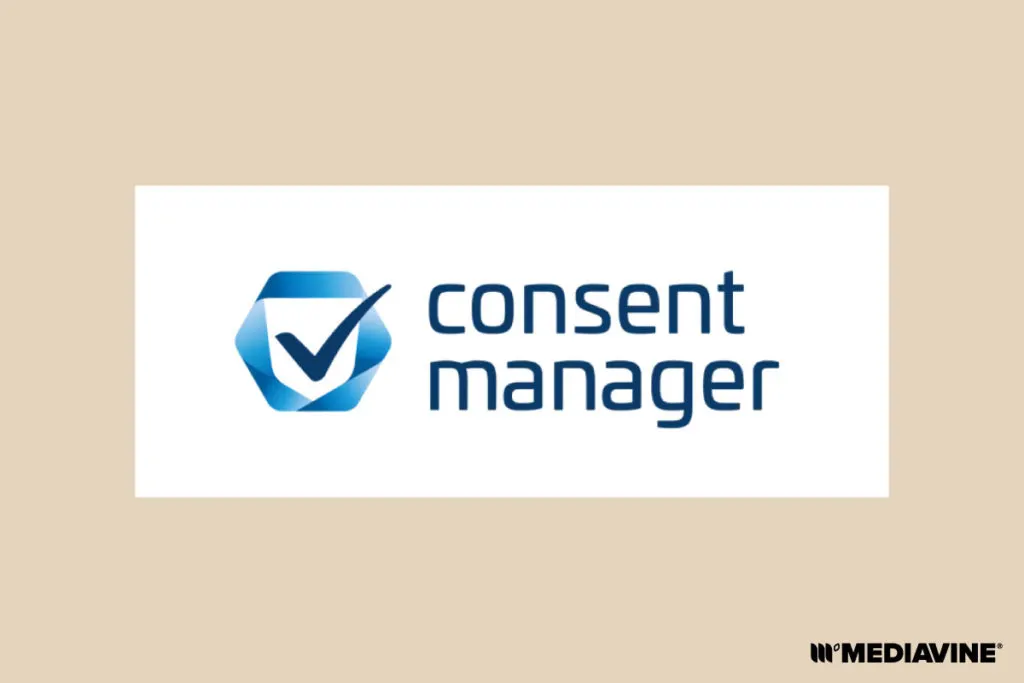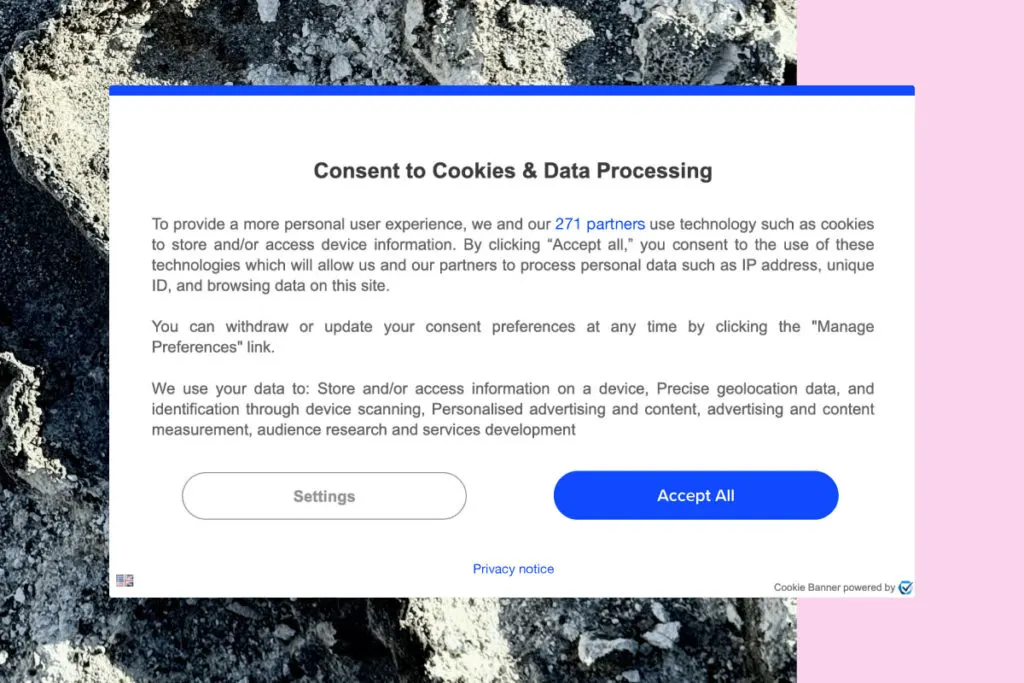Mediavine’s CMP Moves to CONSENTMANAGER: Unlocking Enhanced Compliance and Revenue Opportunities for Publishers


As the digital advertising landscape evolves, the need for effective data management and compliance has never been more critical. As part of our commitment to providing exceptional solutions for our publishers, Mediavine is excited to announce our partnership with CONSENTMANAGER, a third-party Consent Management Platform (CMP).

As a part of this partnership, all publishers monetizing with Mediavine will be migrated to a custom CMP designed to ensure coverage to serve programmatic ads in global markets. This transition, set for June/July 2025, is more than just a shift; it’s a strategic move towards compliance and potential revenue growth for our publishers through unlocked spend in international markets.
In addition to the complimentary coverage for global programmatic advertising that Mediavine provides to all publishers, the CONSENTMANAGER partnership will enable us to offer publishers an optional site-wide coverage upgrade at a significantly reduced cost.
We’ll share more on our exclusive offer to Mediavine publishers in a future post, when you’re able to take advantage of it. Now, let’s get into CONSENTMANAGER, our new partner.
CONSENTMANAGER is one of the very few European-based CMPs (Consent Management Providers) with one singular focus: making websites compliant in the US and with GDPR. Their expertise is in streamlining consent management by ensuring compliance with privacy regulations, such as GDPR, PECR, e-Privacy Directive, and US state privacy laws, and various industry frameworks, including TCF (Transparency and Consent Framework) for the EU and GPP (Global Privacy Protection).
They’re registered with the IAB, and their CMP supports English, French, German, Italian, Spanish, Dutch, and Swedish languages.

CONSENTMANAGER is an EU-based company specializing in GDPR and other global privacy regulations like TCF and GPP. Their expertise is in streamlining consent management, providing multilingual support, and ensuring up-to-date compliance coverage wherever the global industry shifts.
As with other recent partnership announcements, this collaboration allows Mediavine publishers to leverage CONSENTMANAGER’s focus, particularly their deep understanding of the European regulatory landscape. This enables them to confidently navigate complex privacy requirements while we concentrate on our core ad monetization services and publisher support.

To ensure a smooth transition, we’re rolling out the migration in phases starting in early June. Your site will remain on the existing Mediavine CMP until you’re migrated, so there won’t be any gaps in coverage. There’s no action needed from publishers to migrate, although if you’ve customized your consent settings or added custom scripts, we may reach out directly.
In addition to the standard features, in the future, Mediavine publishers can upgrade their CMP version to cover all data collection on their site at highly discounted rates. We’ll provide more details on this offer once it becomes available.
The CONSENTMANAGER partnership helps Mediavine publishers meet compliance obligations in the evolving privacy landscape.
We encourage our publishers to explore the enhancement opportunities for better user experiences and sustained business growth. Together, we can navigate the complexities of digital advertising while respecting user privacy and maximizing opportunities for success.
Stay tuned for more updates and get ready to embrace a new era of global markets with Mediavine and CONSENTMANAGER!
Stay up to date with the latest from Mediavine
Welcome to the much-anticipated release of the fifth-annual edition of “The Best eCPM Days of the Year” calendar. Each year, we analyze historical trends to provide publishers with a graphical …
“Let’s talk about politics.” We know. This is a phrase absolutely no one wants to hear uttered around the dinner table or backyard barbecue these days. But hear us out. …
 Heather Tullos
Heather Tullos
The switch from Universal Analytics to GA4 is well underway, and as we all learn about these new metrics, adjust perspectives on how we measure success on our sites, and …